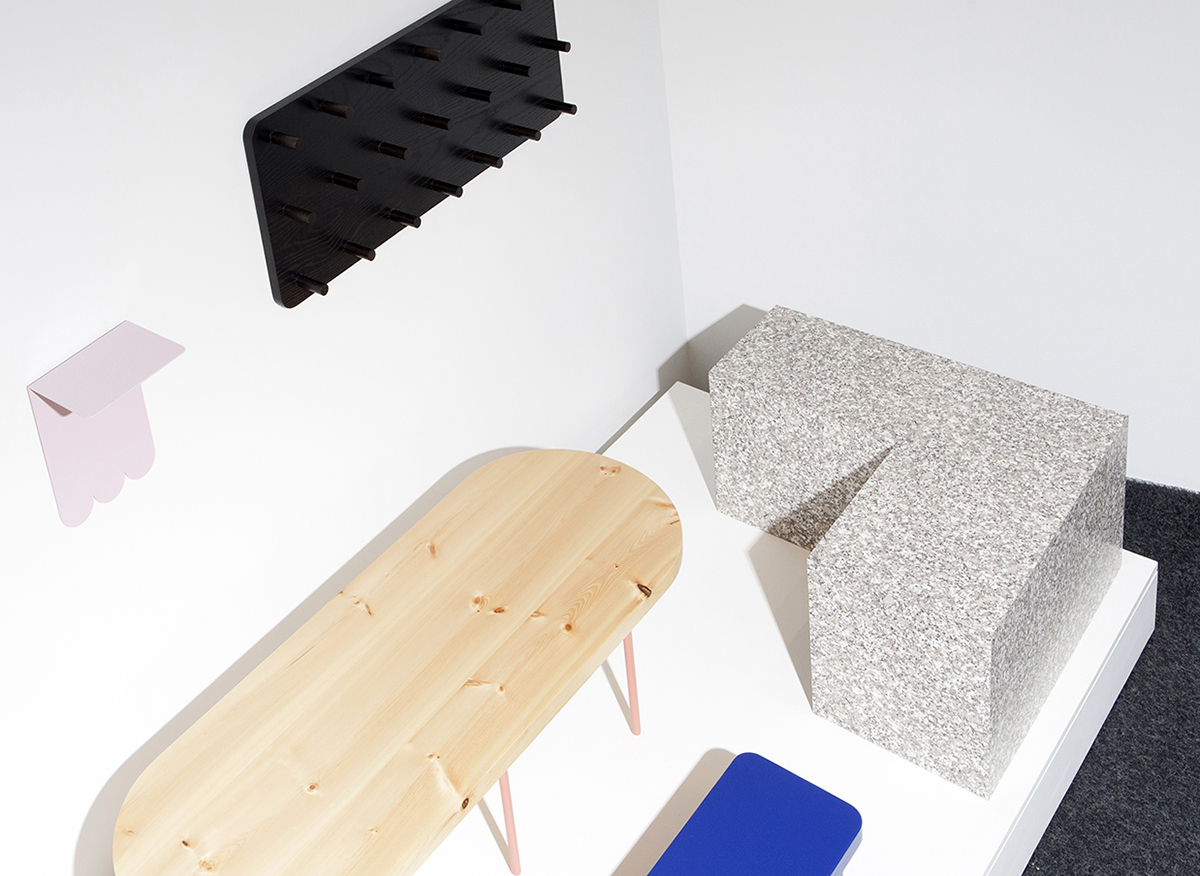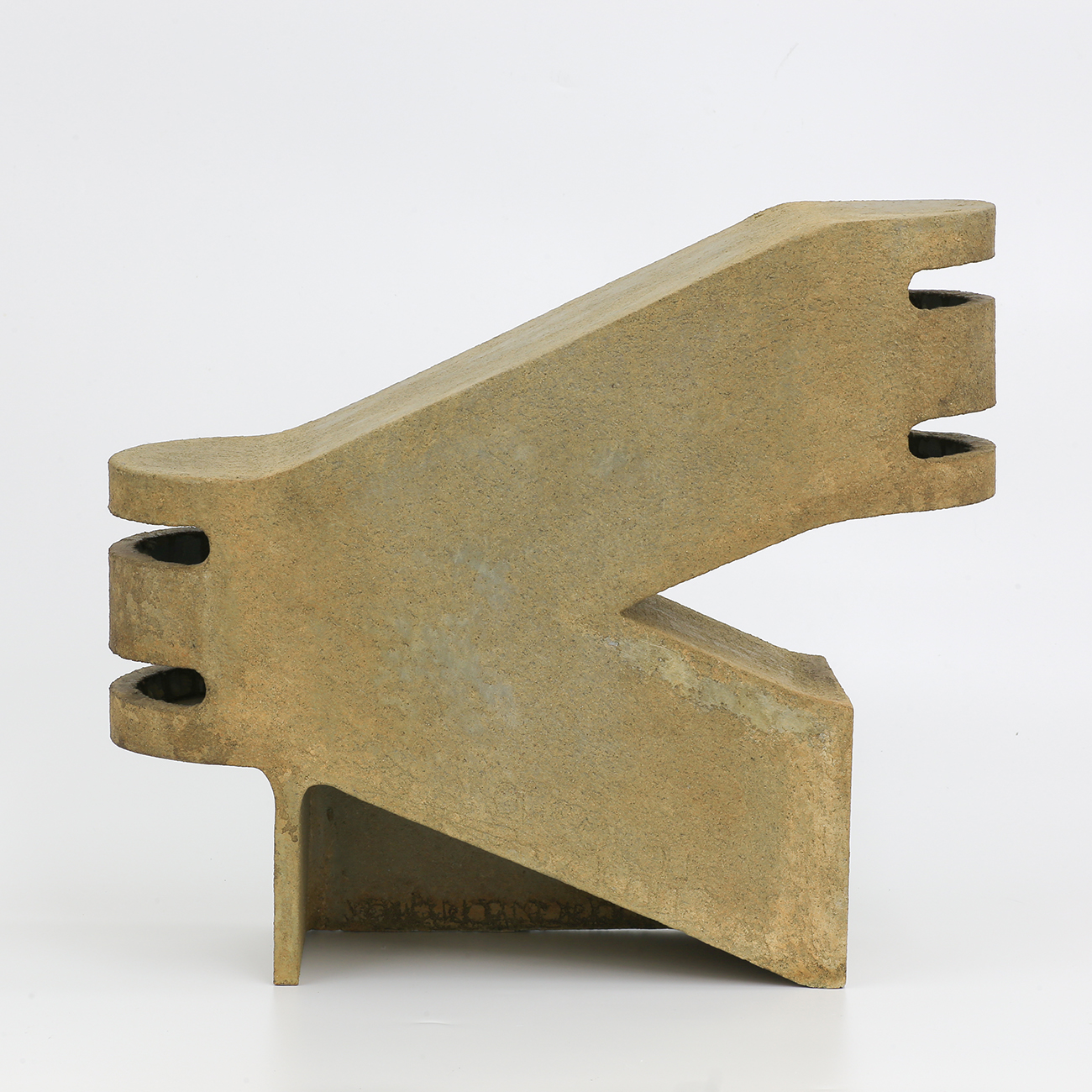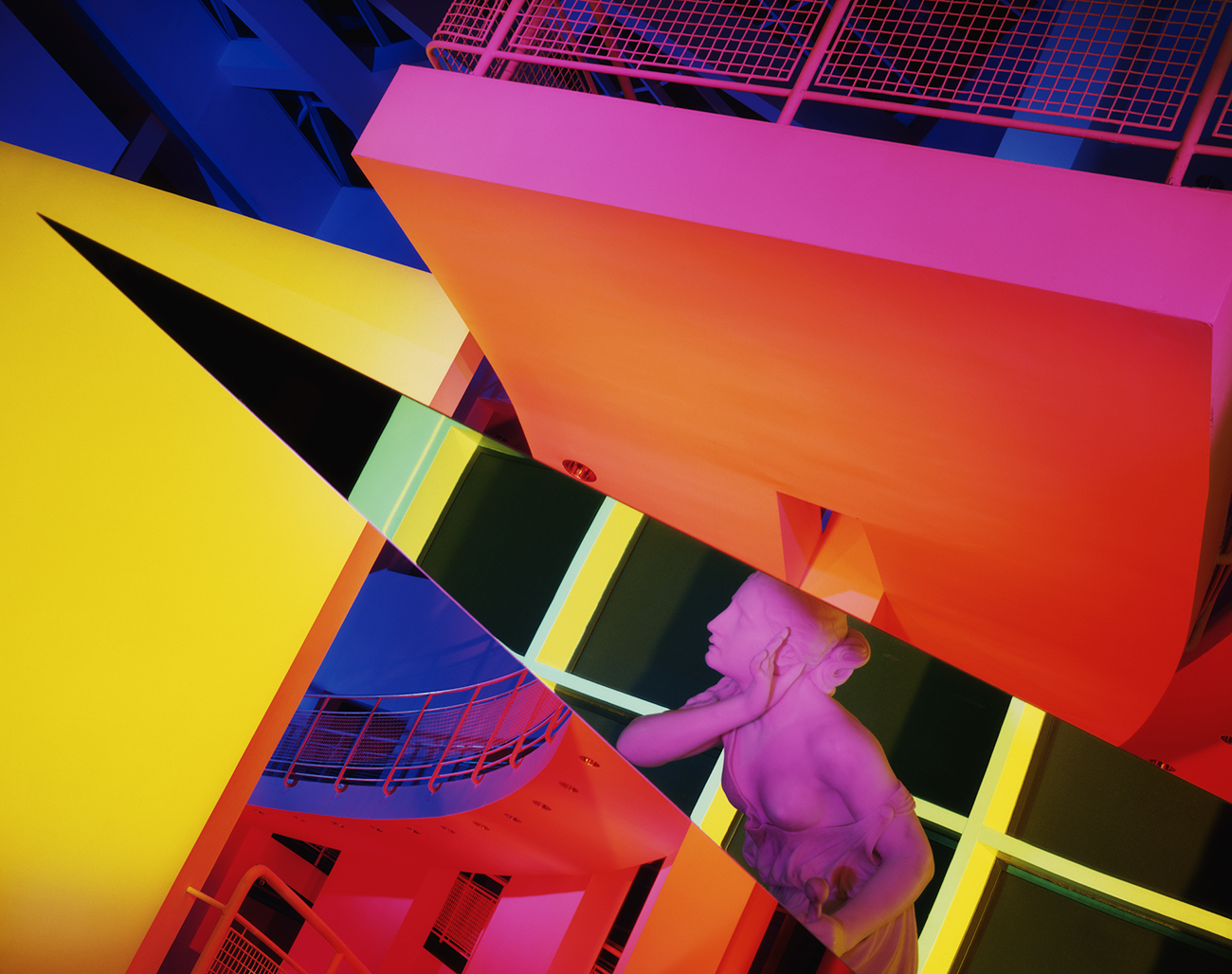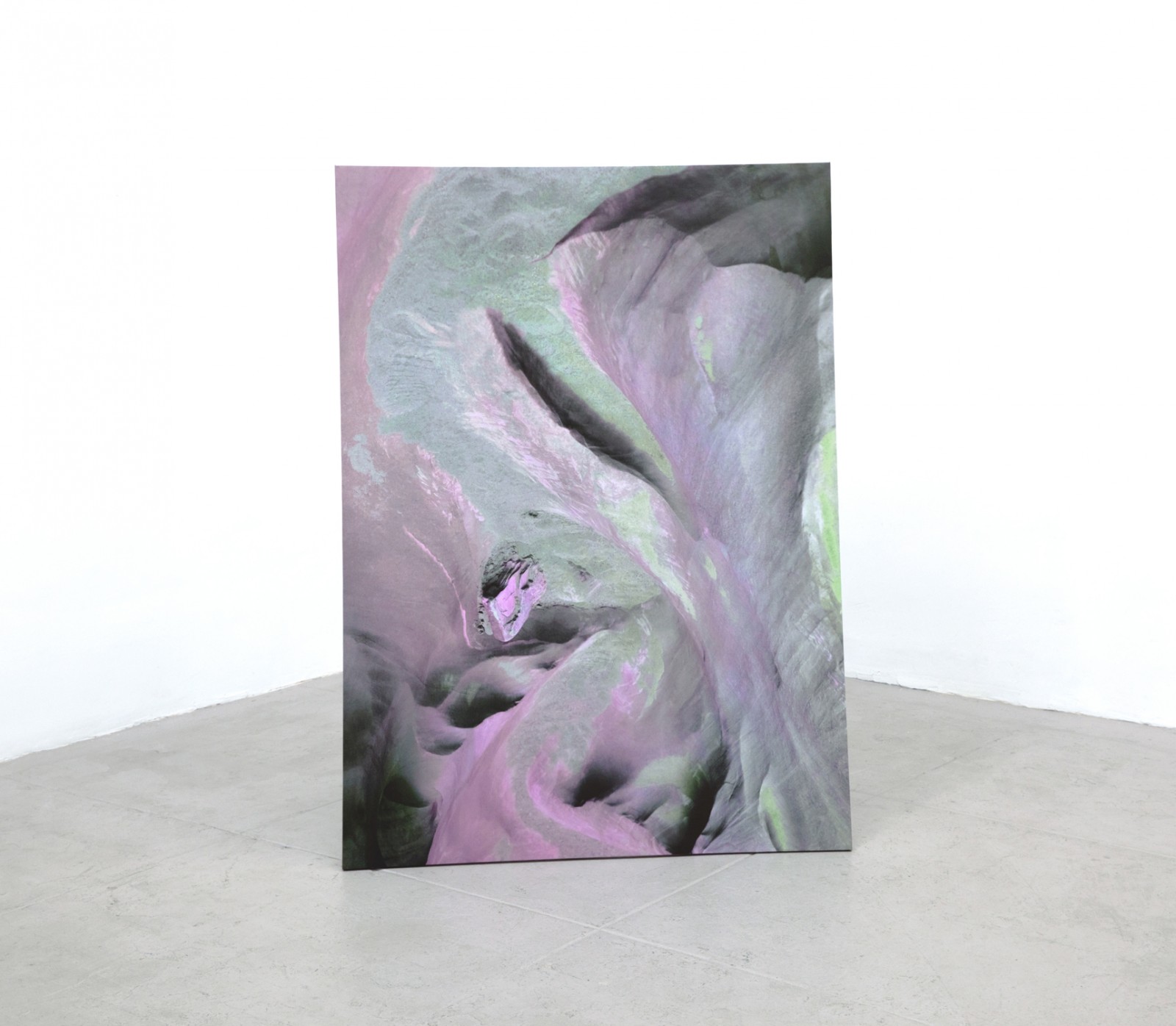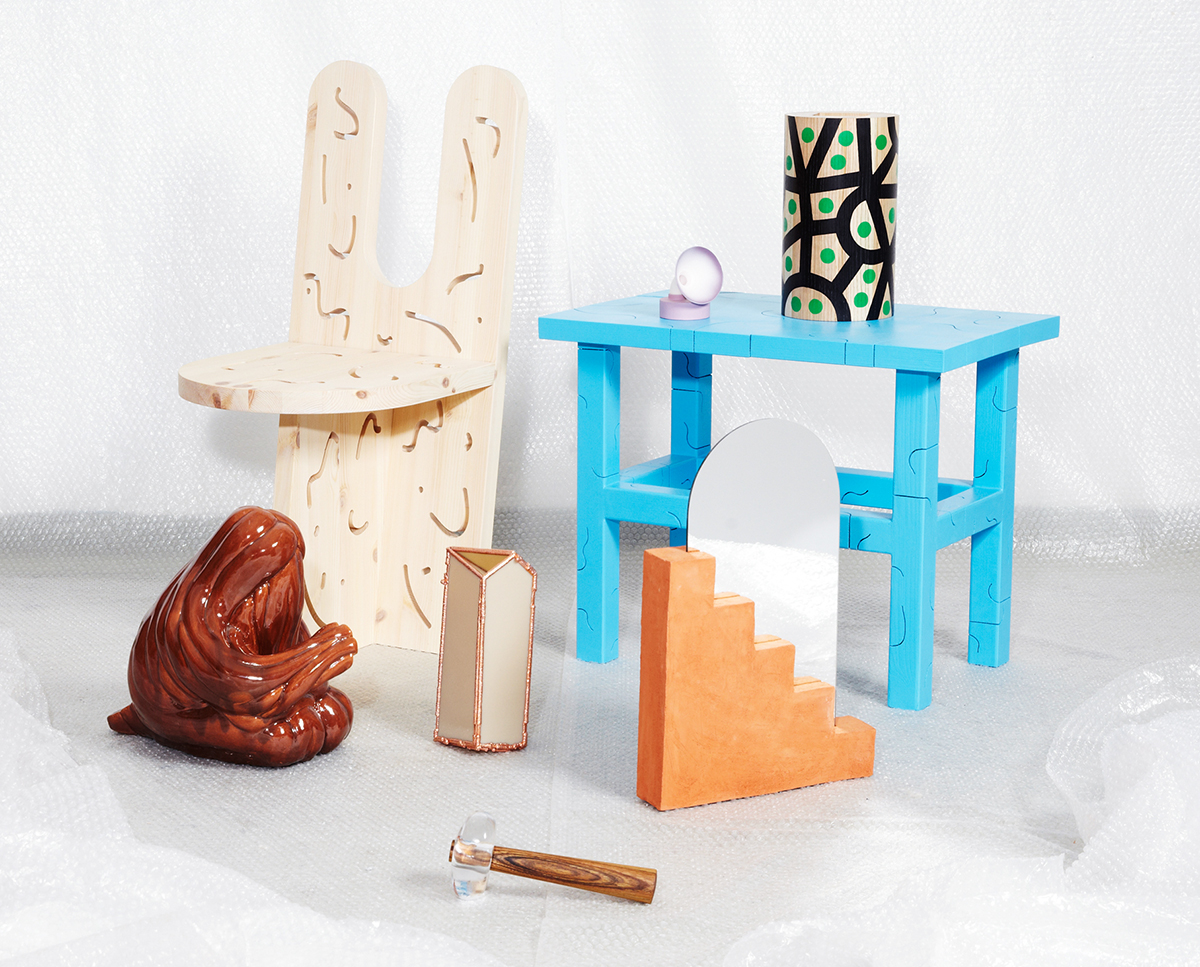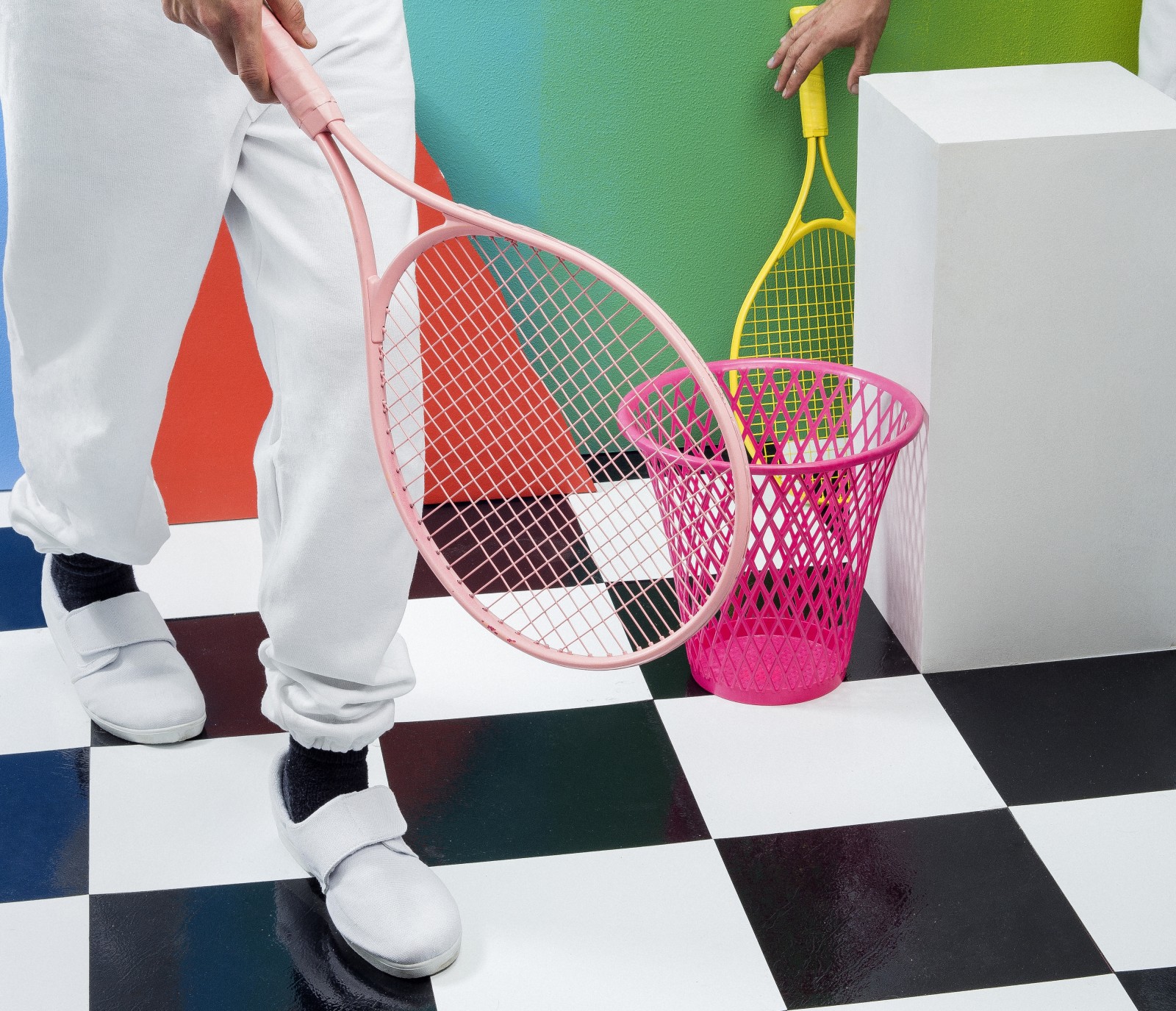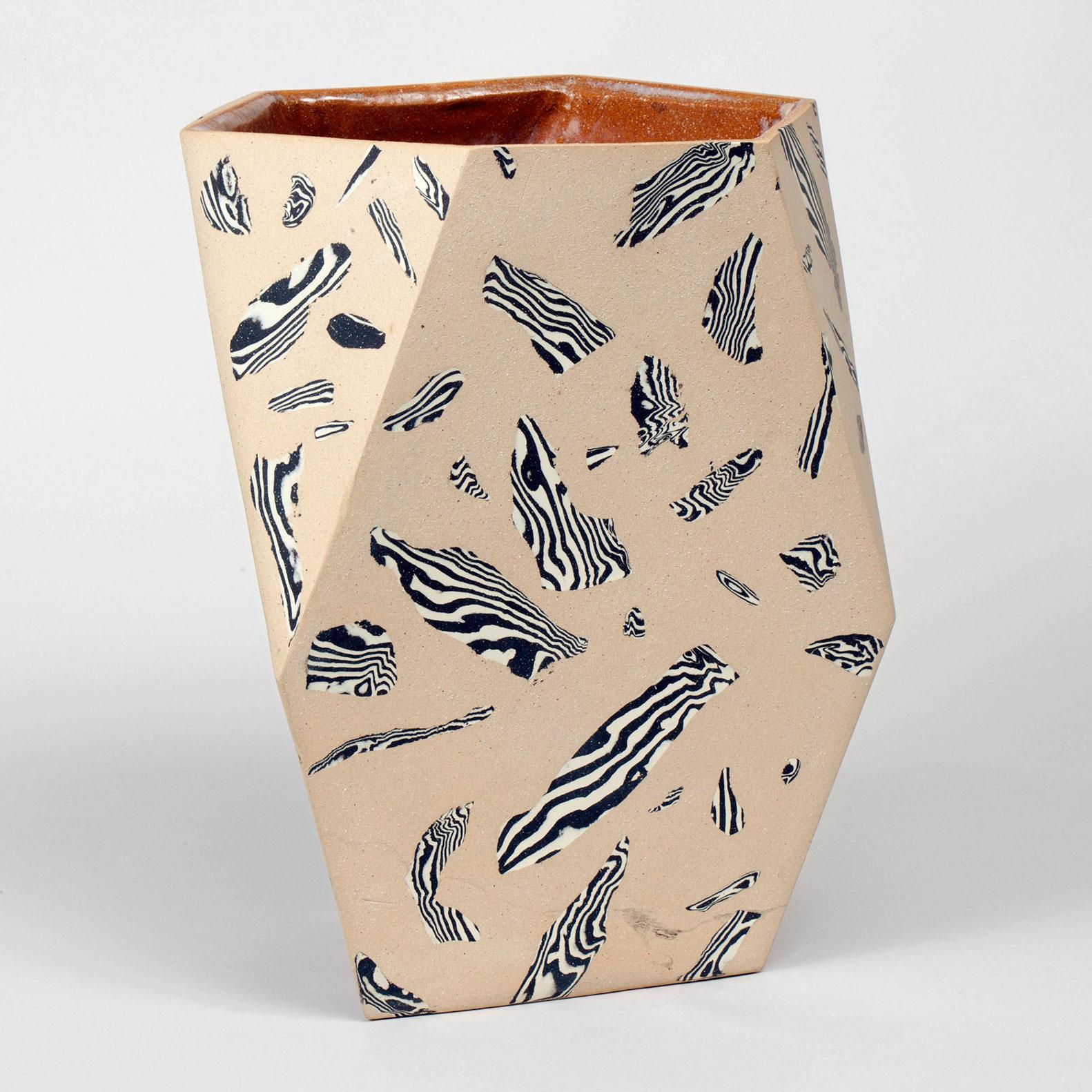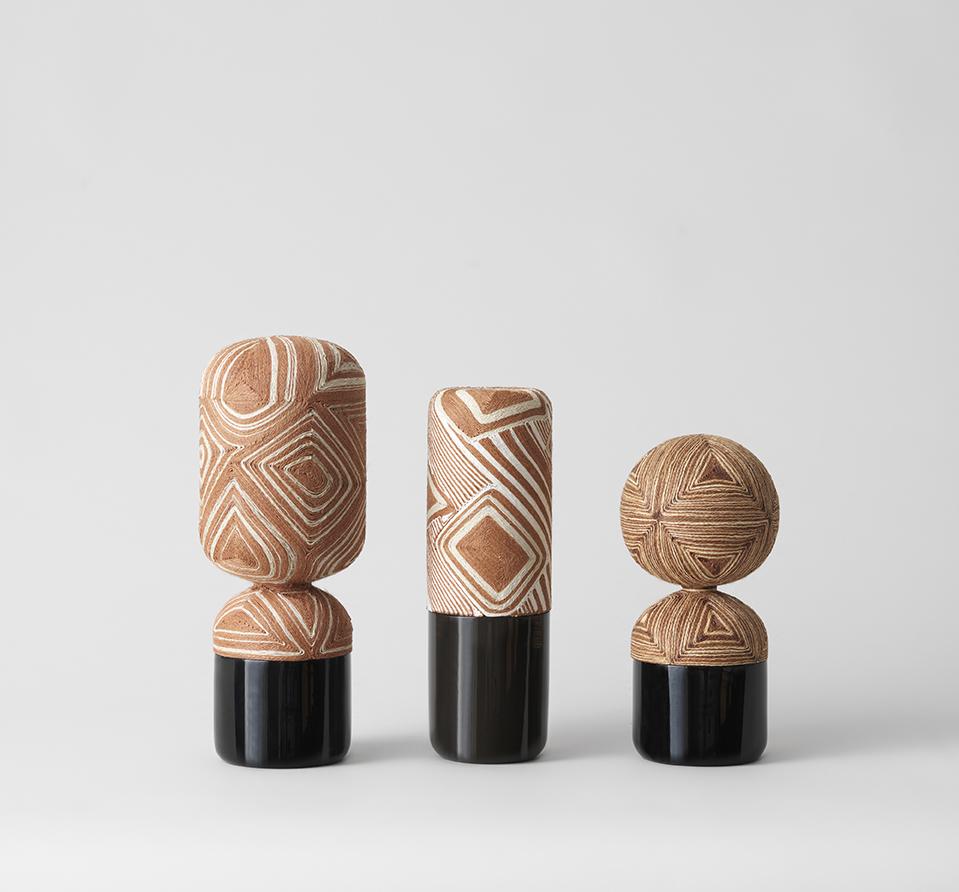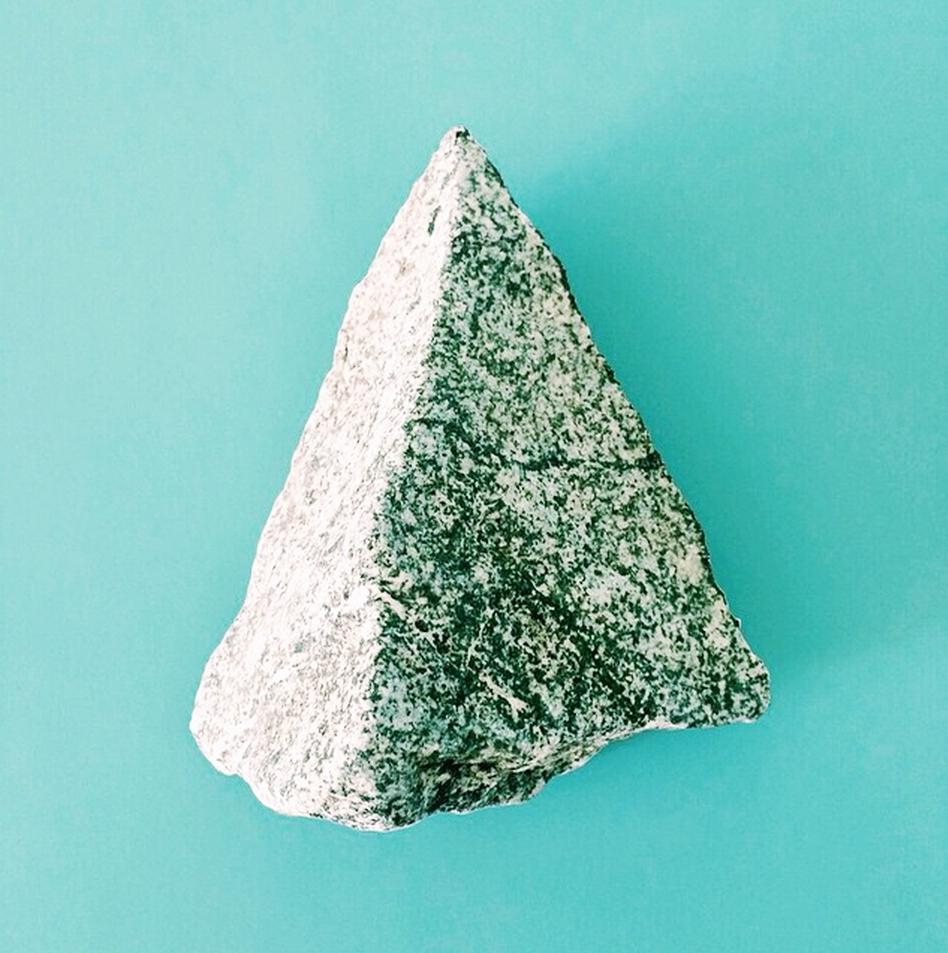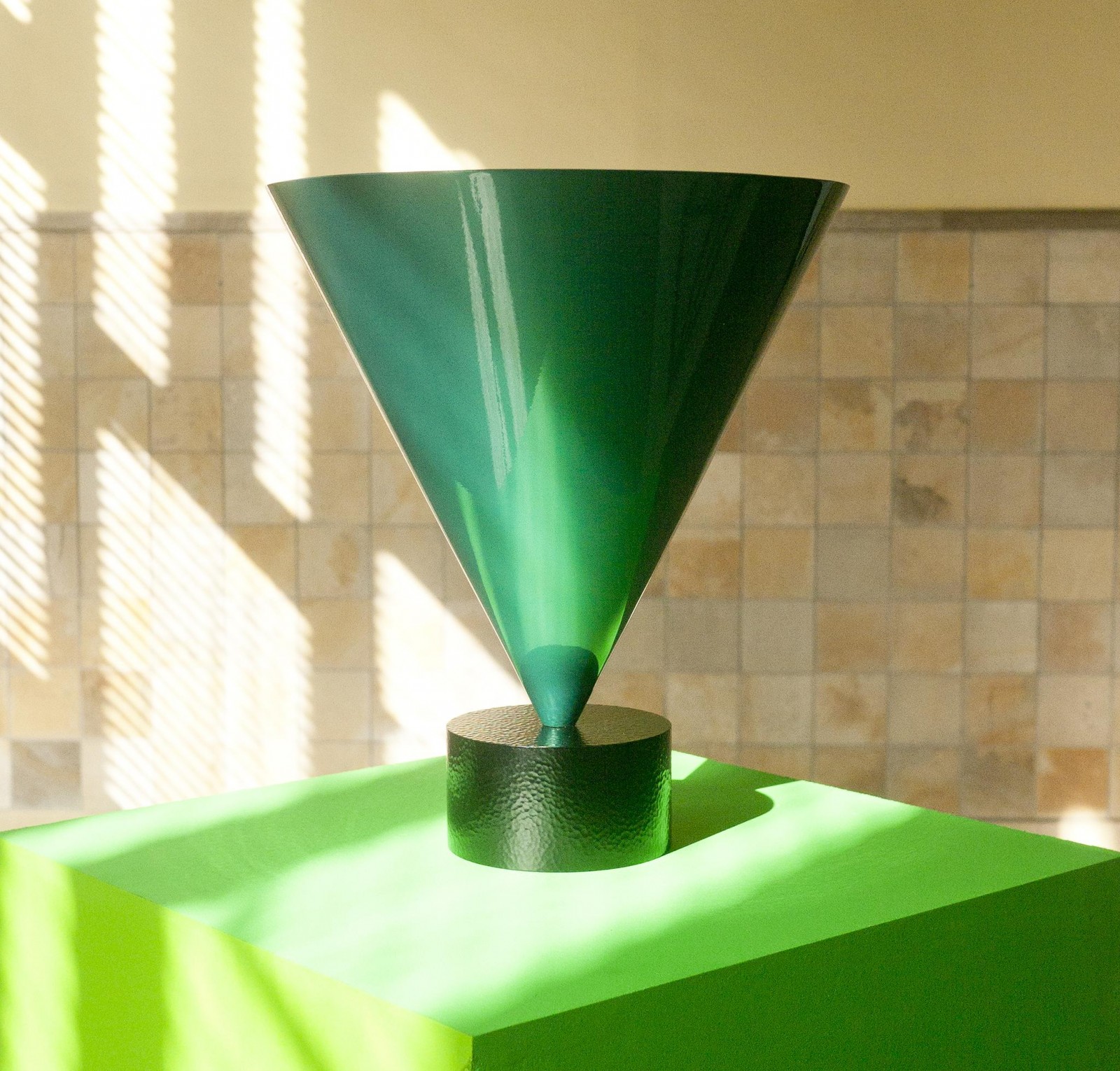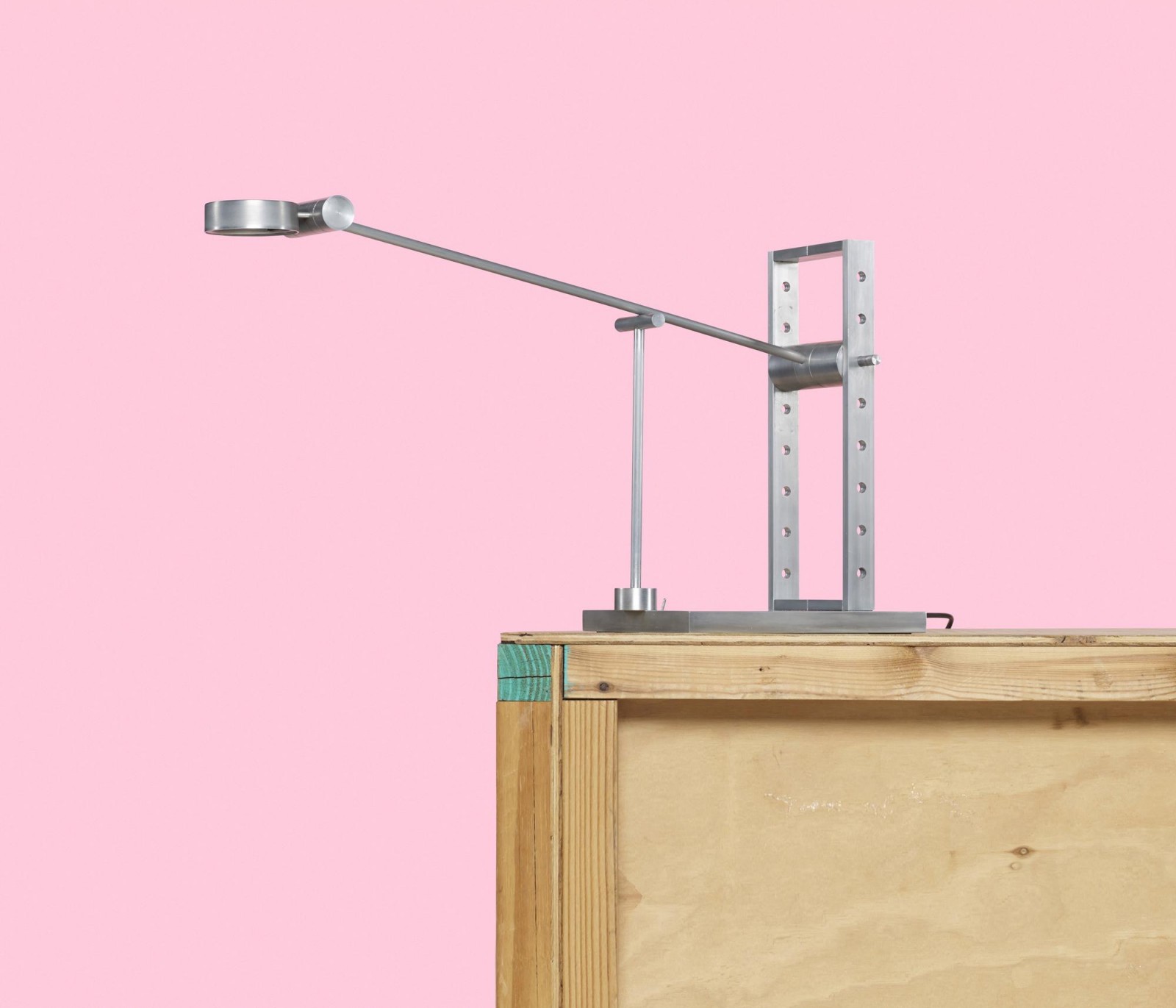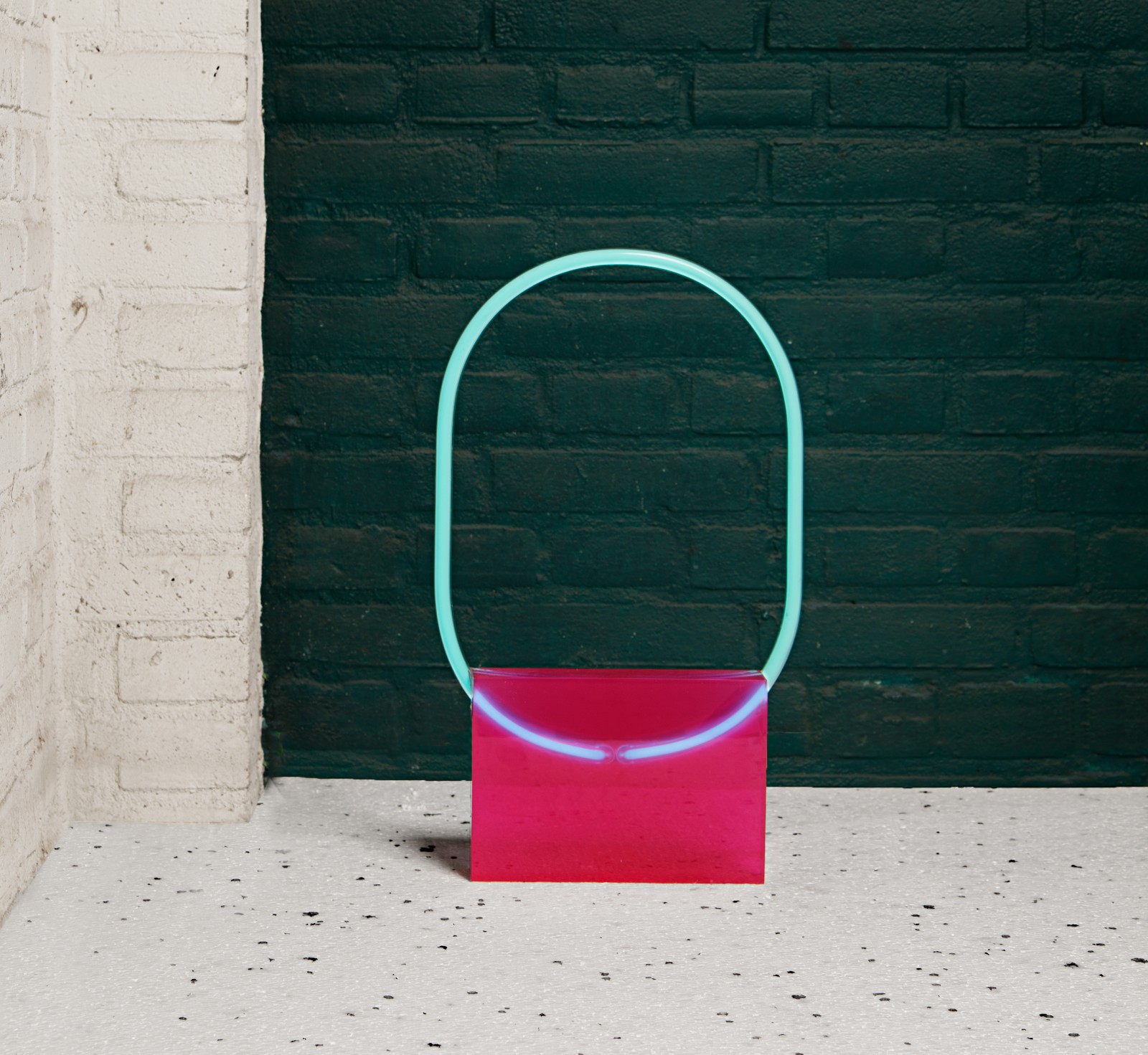
05.08.15
Excerpt: Exhibition
Sabine Marcelis at Etage Projects
Copenhagen's Etage Projects is one of the newer galleries on the scene, but it's fast becoming one of our picks for the best. In the past two years, exhibition subjects have included SU favorites like Fredrik Paulsen, Jo Nagasaka, and Eva Berendes; the show currently on view includes Dutch designers Luuk van den Broek (who we're working on a much larger story on!) and Sabine Marcelis, who with Brit Van Nerven is responsible for one of our favorite pieces of design from the past year. Marcelis's newest project, called Voie Lights, is the first in a series of two investigations into the manipulation of light paths.
